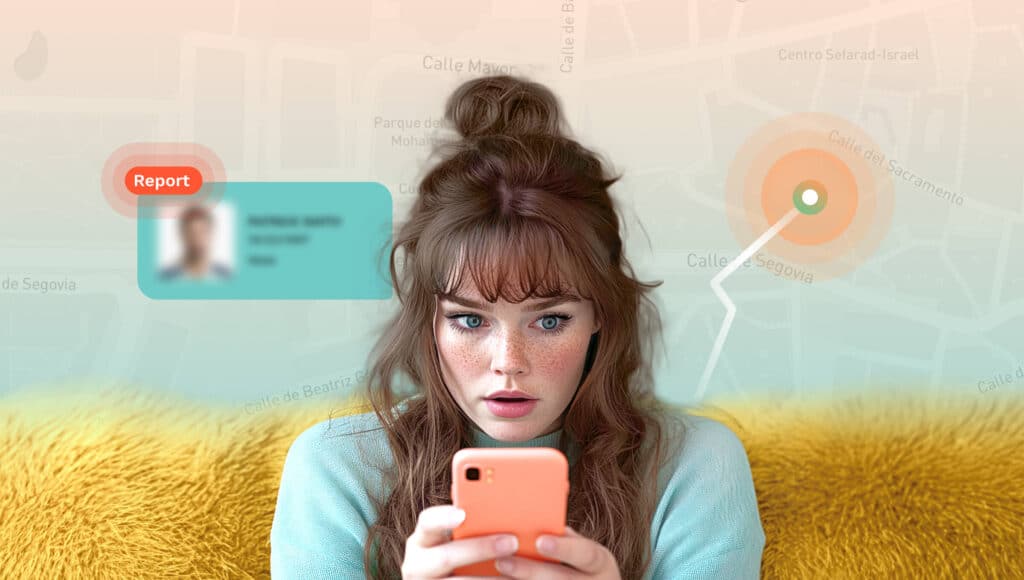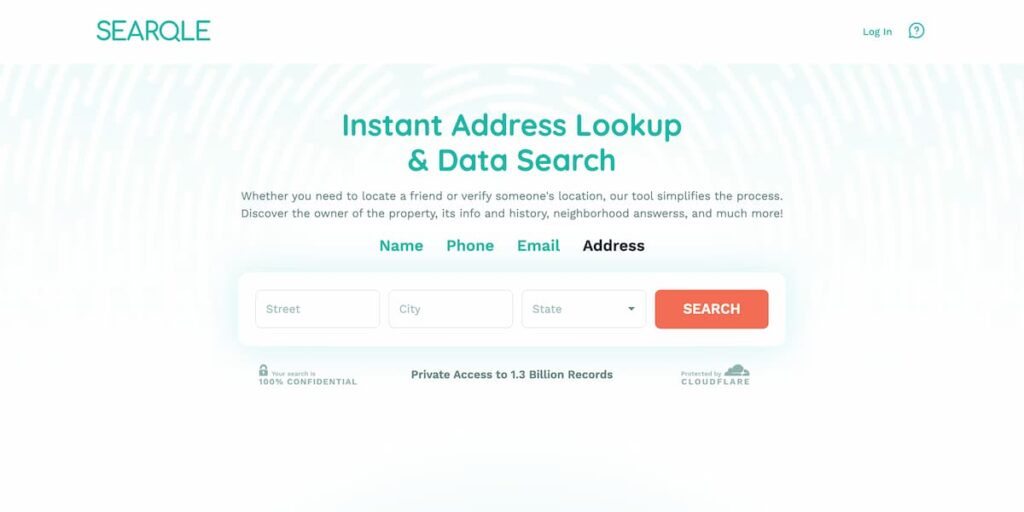How to Check for Sex Offenders in My Neighborhood: A Safety Guide

There’s no limit to a parent’s love. We work hard to make sure our kids are safe and well looked after. However, as the world becomes ever more connected, we’re facing some new challenges.
One such challenge is the presence of sex offenders in my area and communities. If we know the risks and take steps to protect our children, we can empower ourselves to keep them safe. This guide will give you all the information you need to keep your child safe without spoiling their fun.
Are There Sex Offenders in My Community: What the Data Tells Us
To grasp the value of community awareness, it’s useful to examine the data on sex offenders and sexual offenses in the United States. Here are some striking but distressing statistics:
- In Fiscal Year 2018, 69,425 cases were reported to the U.S. Sentencing Commission, with 1,067 cases involving sexual abuse offenses.
- 92.1% of sexual abuse offenders were men, and their average age was 37 years.
- The racial breakdown of offenders showed 51.6% were White, 21.7% Black, 12.9% Hispanic, and 11.9% Native American.
- 95.9% of offenders were U.S. citizens, with 65.2% having little to no prior criminal history.
Note: statistics only give us a general overview. It’s important to remember that every sex offender is different, with their own background and motives for their actions. However, understanding these data points can help us be more informed and prepared to recognize pedophiles around me.
Practical Steps to Keep Your Family Safe

While knowledge is power, you can’t stop here. You should take proactive steps to protect yourself and your loved ones. Awareness goes beyond statistics — it’s about creating an environment where your loved ones feel secure, no matter where they live.
- Educate Yourself and Your Children
If you’re concerned about pedophiles in my neighborhood, open communication with your family is key. Educate your children about personal safety in an age-appropriate way. They have to know how to recognize and respond to uncomfortable situations.
- Create a Safe Environment
Always keep up to date with local risks so you can set boundaries and routines that keep everyone safe, like making sure there’s supervision for outdoor play or setting up a neighborhood watch program.
- Limit Screen Time and Monitor Online Activity
Knowing how many sex offenders in my area is good, but protecting your loved ones on social media is better. Use parental control tools to filter inappropriate content and limit access to certain websites.
Looking for a top-up on your protection? You need to look at ways how to find pedophiles and track sex offenders in your area.
3 Effective Ways to Find Sex Offenders
Even if you follow all of the previous recommendations, it’s easy to feel powerless when you don’t have clear information about who’s in your community.
If you’re asking yourself, “How to find child molestors in my neighborhood?” or worried about local risks, check out the next 3 proven ways to find out and regain confidence in your ability to protect your family.
#1. Searqle

Searching for information like sex offender locations often feels like a frustrating maze of outdated websites and dead ends. Searqle solves this problem by offering a simple, stress-free platform to find the answers you need.
One of the best things about Searqle is how easy it is to use. You don’t need to be a tech expert. In just a few clicks, you can search for information:
- Step 1. On the website, Just type in the person’s name, phone number, address or email and press Search.
- Step 2. After that, you’ll need to wait a few moments while Searqle gathers information from U.S. public records.
- Step 3. You’ll then receive your full report, which includes all kinds of useful info like court records, addresses, and much more.
So, now you have accurate and up-to-date information about sex offenders in my neighborhood. Searqle gets its data from reliable sources, so you know the information is real and current.
#2. Online Public Registries
Online Public Registries are government-maintained databases that provide information about registered sex offenders, including their names, photos, offenses, and addresses.
For example, the National Sex Offender Public Website (NSOPW) is a free resource in the United States that combines data from all 50 states, territories, and tribal registries. It allows you to search by name, location, or zip code, making it easy to find specific information about offenders in your neighborhood.
Similarly, many states, such as California’s Megan’s Law website, offer their registries with detailed maps and search tools for a more localized experience.
These registries often provide extra features, like interactive maps. Where are sex offenders in my area map? Know you can see them near your home, school, or workplace.
The downside is that the information they provide is sometimes outdated or incomplete, so you may find inaccuracies such as old addresses or missing offenders, which could lead to a false sense of security.
#3. Neighborhood Watch Programs
Neighbors work together to improve safety and report suspicious activity through these community-led initiatives. Often, local law enforcement will work with these groups to share important updates, including information about registered sex offenders in the area.
For example, the National Neighbourhood Watch Programme in the USA is coordinated by the National Sheriffs’ Association. Through this program, local groups often receive notifications about sex offenders in their communities and can help spread awareness to keep everyone informed.
Conclusion
You don’t have to live in constant fear of sexual predators in my neighborhood if you take the right steps to stay informed. While public registries and neighborhood programs are valuable, they alone may not provide the full picture.
By using Searqle, you can access the most accurate and up-to-date data. Combining these methods allows you to be proactive and protect your loved ones with confidence.


